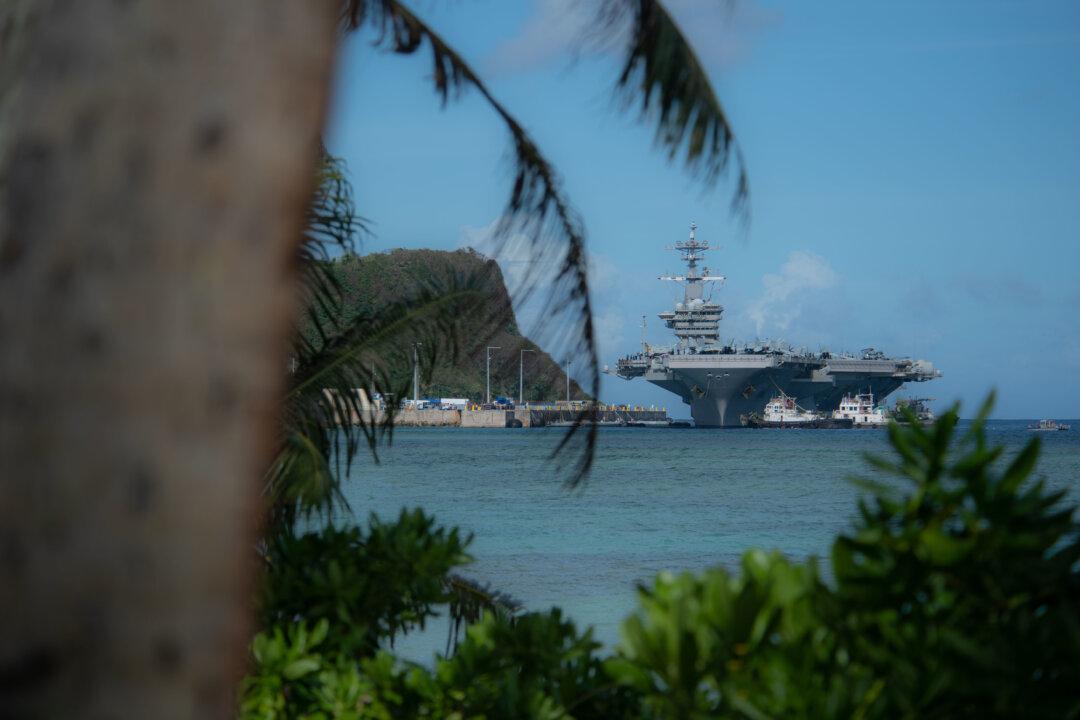The captain of a U.S. aircraft carrier stricken by a COVID-19 outbreak has asked Pentagon leaders to pull most of the 5,000 crew off the ship, saying that adopting proper isolation measures aboard is impossible.
At least 36 sailors aboard the USS Theodore Roosevelt had tested positive for COVID-19 on Friday, before the Navy stopped providing official breakdowns of numbers per ship. According to the Wall Street Journal, that number has now risen to over 70.





